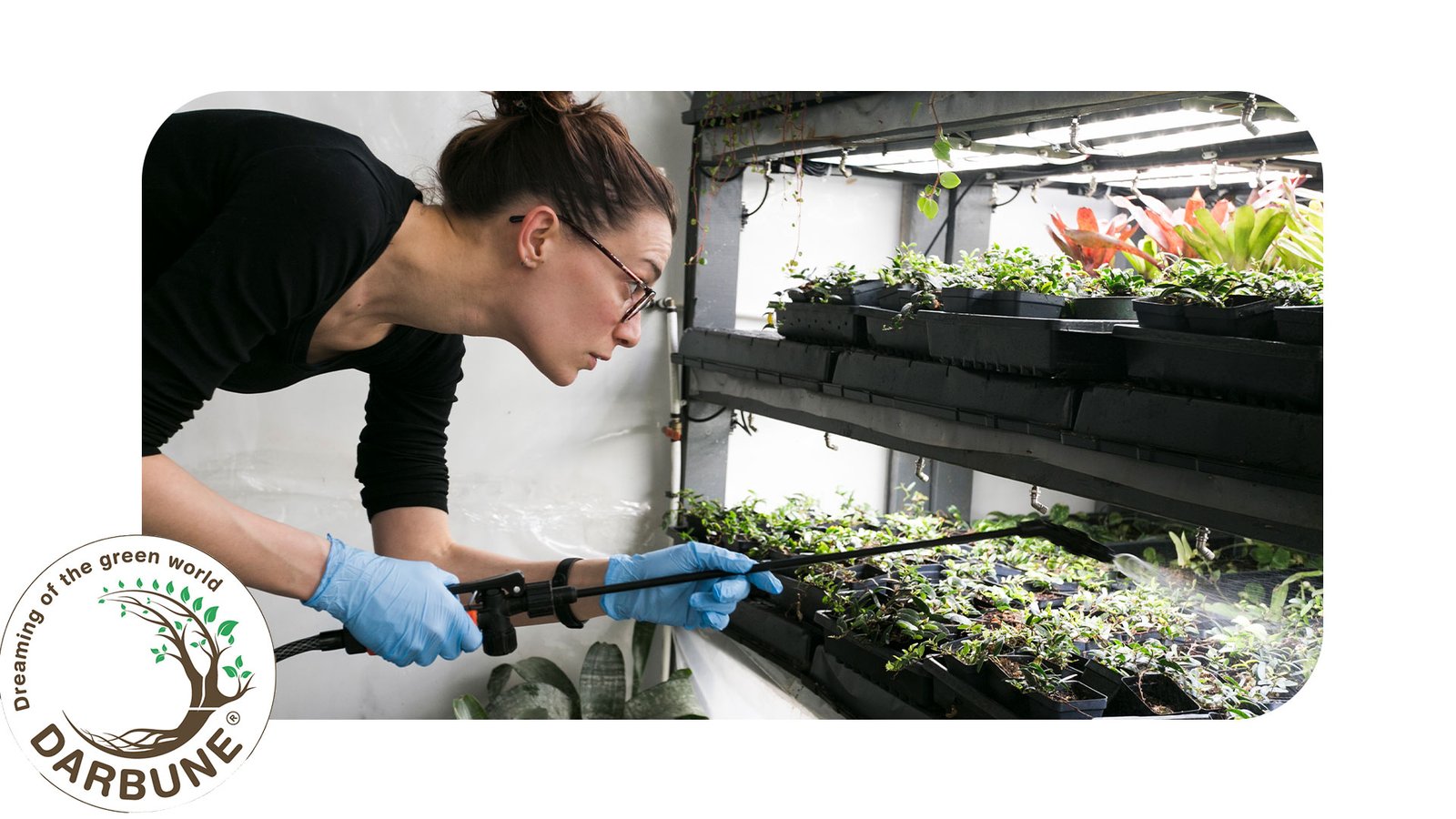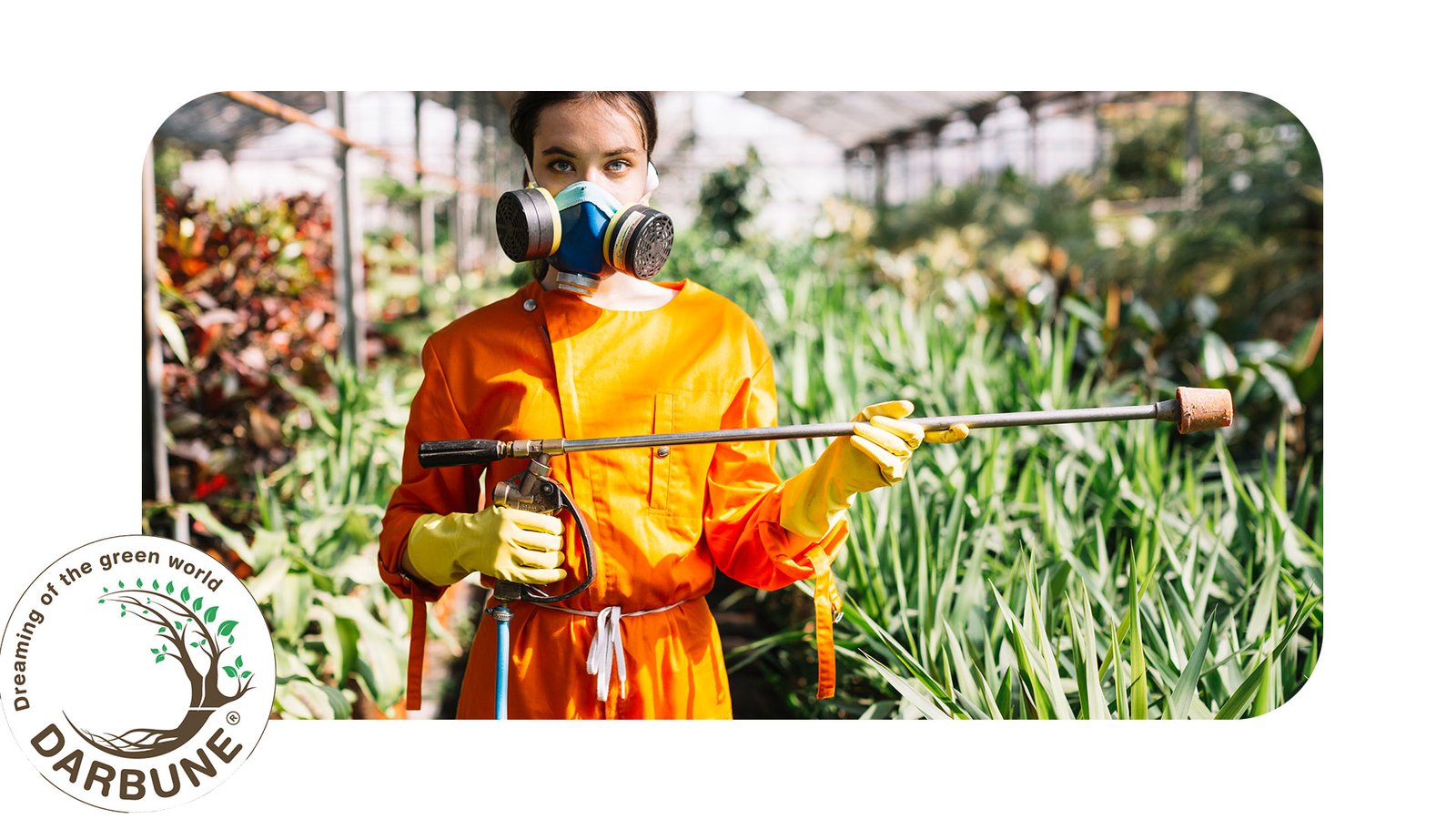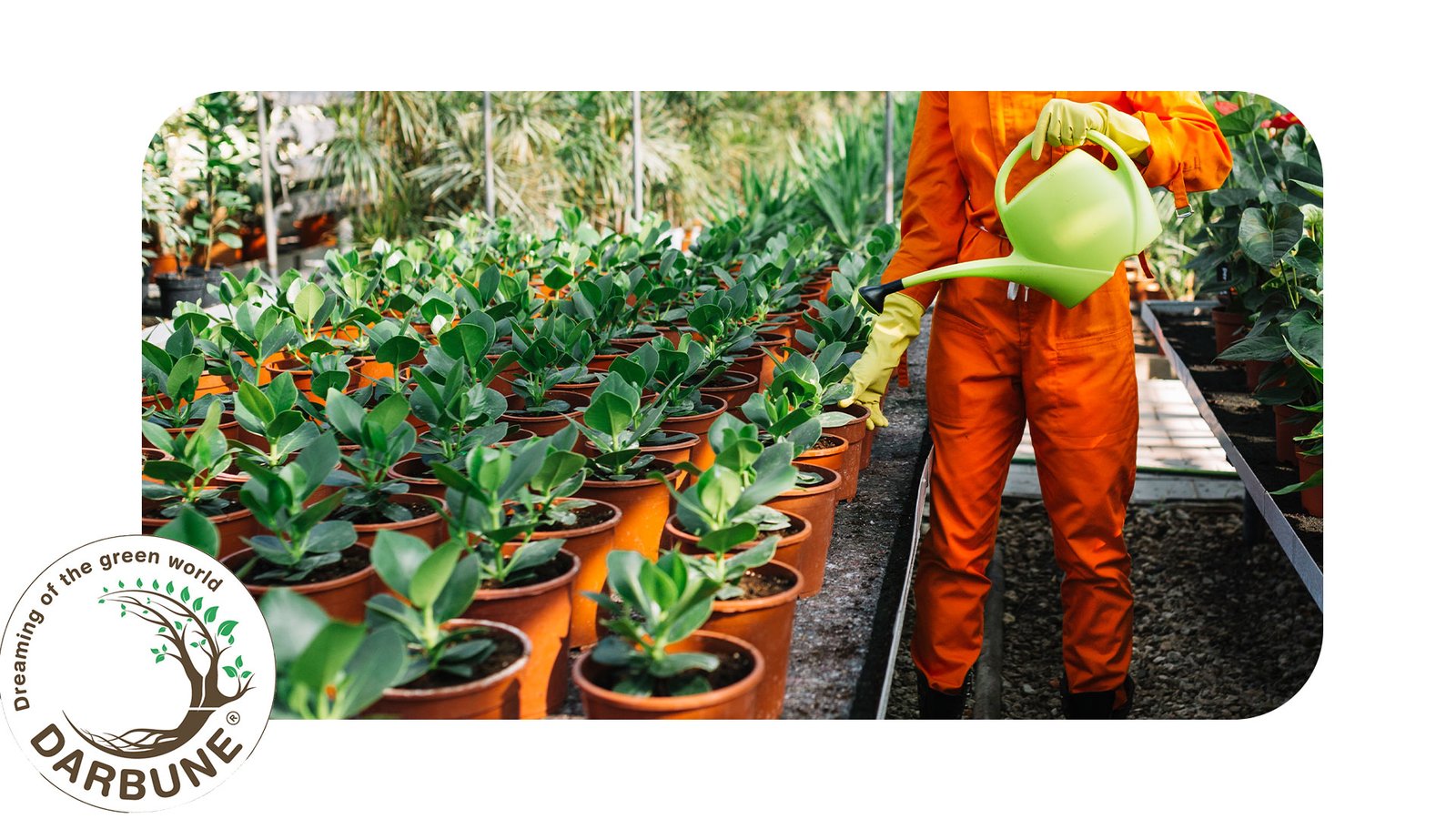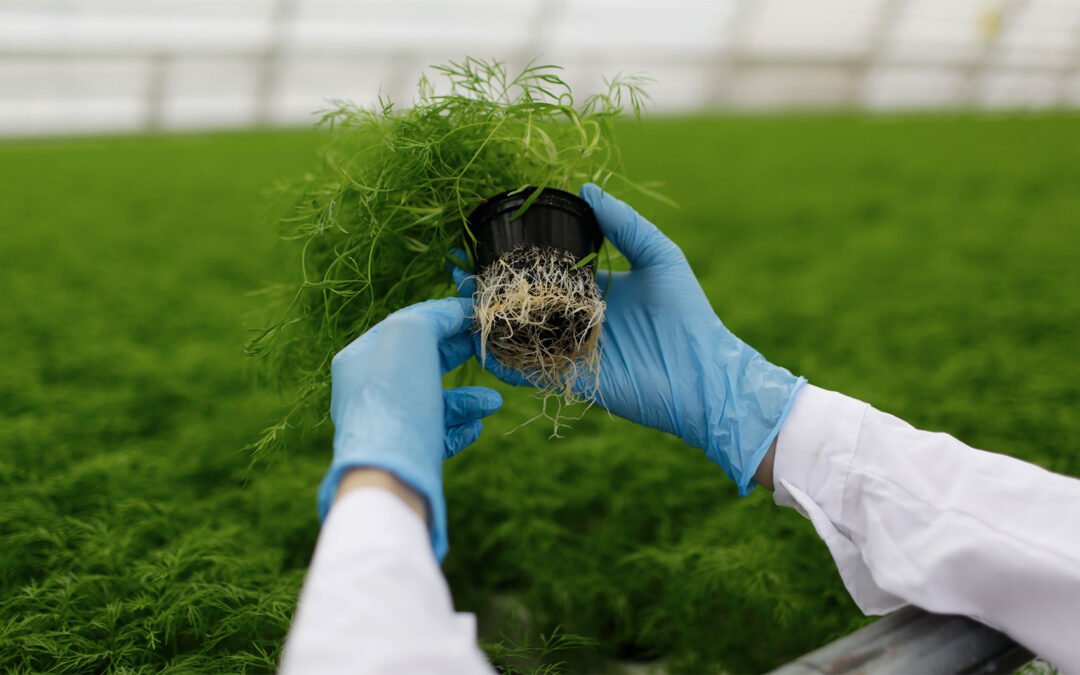Hydroponic farming offers a revolutionary way to grow plants without soil, providing higher yields and better resource efficiency. However, one of the major concerns for hydroponic farmers is pest management. Unlike traditional farming, hydroponic systems create unique environments where pests can thrive if not managed properly.
Preventing pests in hydroponics is crucial to maintaining plant health, maximizing productivity, and reducing reliance on chemical pesticides. Whether you are practicing indoor farming or setting up a commercial hydroponic system, understanding pest control strategies is essential. This article will explore the best practices for pest prevention in hydroponic farming, including preventive measures, monitoring techniques, and biological control methods.
Understanding Common Pests in Hydroponics

1.1 Types of Pests in Hydroponic Systems
Even though hydroponic farming eliminates soil-borne pests, certain insects and pathogens still pose a threat. Some common hydroponic pests include:
- Aphids – Sap-sucking insects that weaken plants and transmit viruses.
- Whiteflies – Tiny insects that feed on plant sap and excrete honeydew, leading to mold growth.
- Spider Mites – Microscopic arachnids that cause leaf discoloration and stunted growth.
- Fungus Gnats – Small flies that lay eggs in wet growing media, causing root damage.
- Thrips – Insects that scrape plant surfaces, leading to scarring and reduced photosynthesis.
1.2 How Pests Enter Hydroponic Systems
Pests typically infiltrate hydroponic setups through:
- Infected seedlings or cuttings
- Poor sanitation practices
- Contaminated tools or hands
- Airflow from external infested areas
- Improper ventilation
For those looking to start an urban farm on a rooftop or set up a beautiful balcony garden, ensuring a pest-free environment is particularly important due to the limited space and proximity to urban pollutants.
Preventive Measures for Pest Control

2.1 Maintain a Clean Growing Environment
Keeping your hydroponic system clean is the first line of defense against pests. Follow these sanitation practices:
- Regularly disinfect grow trays, reservoirs, and tools.
- Remove dead plant material immediately to prevent pest attraction.
- Clean and sterilize grow room surfaces frequently.
2.2 Implement Physical Barriers
Using physical barriers prevents pests from entering the growing area. Consider:
- Installing fine mesh screens on ventilation openings.
- Using sticky traps to monitor and catch flying insects.
- Sealing entry points to prevent pest intrusion.
2.3 Control Humidity and Temperature
Pests thrive in specific environmental conditions. By regulating temperature and humidity, you can deter infestations:
- Maintain relative humidity between 40-60%.
- Keep temperatures within the optimal range for plant growth.
- Use dehumidifiers and fans to improve air circulation.
2.4 Use Pest-Resistant Plant Varieties
Choosing pest-resistant plant strains can minimize vulnerability to common hydroponic pests. Research and select cultivars known for their resilience against infestations.
For those exploring types of indoor farming, such as aquaponics, vertical farming, or aeroponics, pest management strategies will vary depending on the system setup.
Monitoring and Early Detection

3.1 Regular Plant Inspections
Inspect plants daily for early signs of infestation, such as:
- Wilting or yellowing leaves
- Sticky residue or mold growth
- Tiny holes or bite marks on leaves
3.2 Deploying Traps and Sensors
Using traps and sensors can help detect pests before they spread:
- Yellow sticky traps for whiteflies and aphids.
- Blue sticky traps for thrips.
- Automated pest monitoring sensors for real-time detection.
For advanced pest detection, farmers can use AI in hydroponic farming to automate monitoring and analyze pest patterns, reducing the need for manual inspections.
Biological and Organic Pest Control Methods

4.1 Introducing Beneficial Insects
Biological control methods involve using natural predators to keep pest populations in check:
- Ladybugs to control aphids.
- Predatory mites to combat spider mites.
- Parasitic wasps to eliminate whiteflies.
4.2 Neem Oil and Organic Sprays
Applying organic pest control solutions ensures plant safety:
- Neem oil disrupts insect growth cycles.
- Insecticidal soaps suffocate soft-bodied pests.
- Diatomaceous earth dehydrates and kills insects upon contact.
4.3 Companion Planting
Certain plants repel pests naturally, such as:
- Marigolds – Deter aphids and whiteflies.
- Basil – Repels thrips and mosquitoes.
- Chrysanthemums – Contain natural insect-repelling compounds.
Conclusion
Preventing pests in hydroponic farming requires a combination of proactive strategies, including sanitation, environmental control, monitoring, and biological interventions. By implementing these measures, farmers can maintain healthy, high-yield crops while minimizing reliance on chemical pesticides. Whether you’re practicing indoor farming, starting an urban farm on a rooftop, or setting up a beautiful balcony garden, consistently monitoring plants and adapting pest prevention strategies will ensure a thriving hydroponic system.
Frequently Asked Questions (FAQs)
1. How do I prevent pests from entering my hydroponic system?
Use fine mesh screens, sanitize tools, inspect plants before introducing them, and maintain proper ventilation to prevent pest entry.
2. Can hydroponic farming be completely pest-free?
While hydroponic farming reduces soil-borne pests, airborne and waterborne pests can still invade. Regular monitoring and preventive measures help minimize infestations.
3. What are the best natural pest control methods for hydroponics?
Introducing beneficial insects, applying neem oil, and using insecticidal soaps are effective natural methods for pest control.
4. Why are my hydroponic plants attracting pests?
High humidity, stagnant air, and over-fertilization can attract pests. Adjust environmental conditions and practice good sanitation to deter them.
5. How often should I inspect my hydroponic plants for pests?
Daily inspections are recommended to detect and address infestations before they spread.

